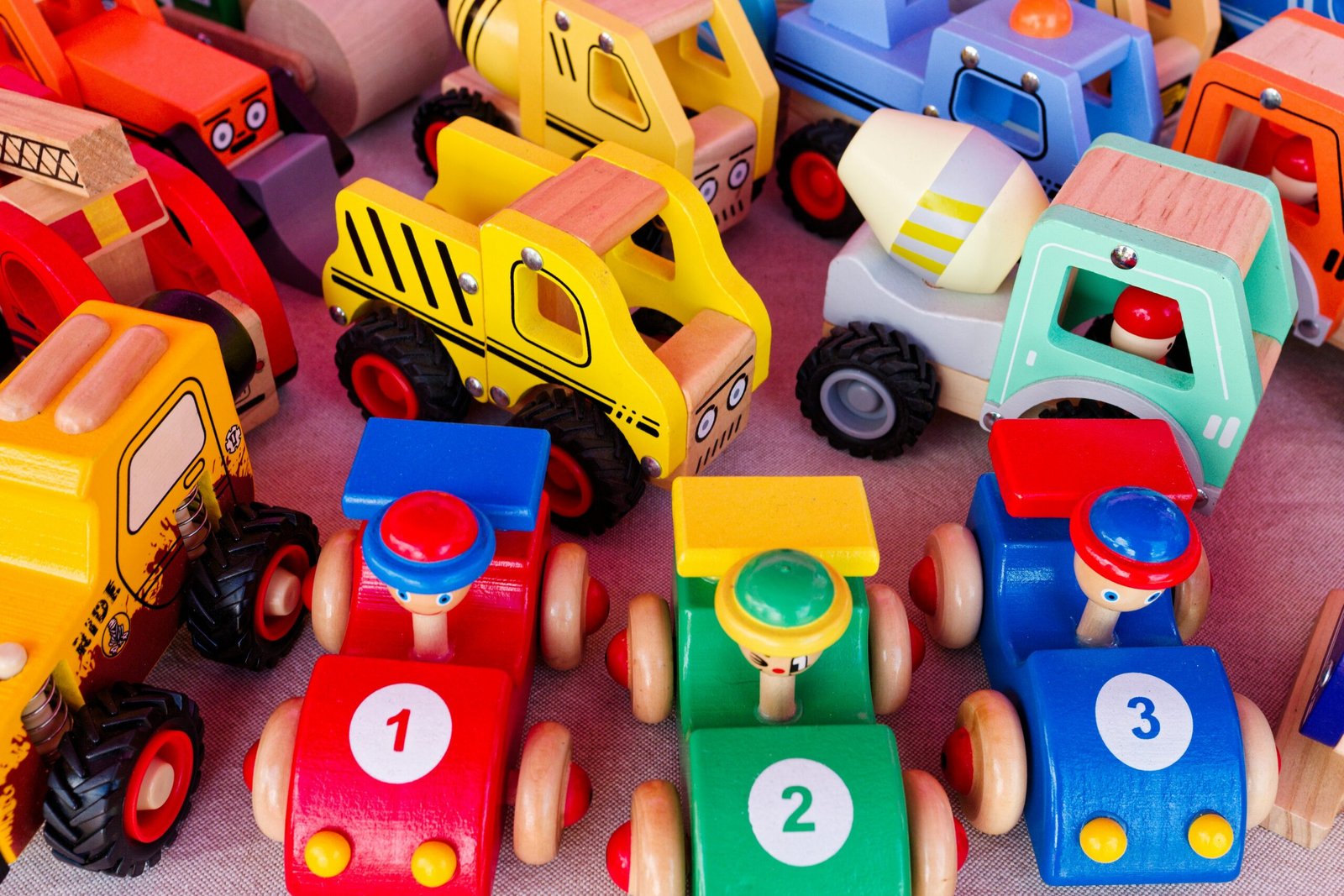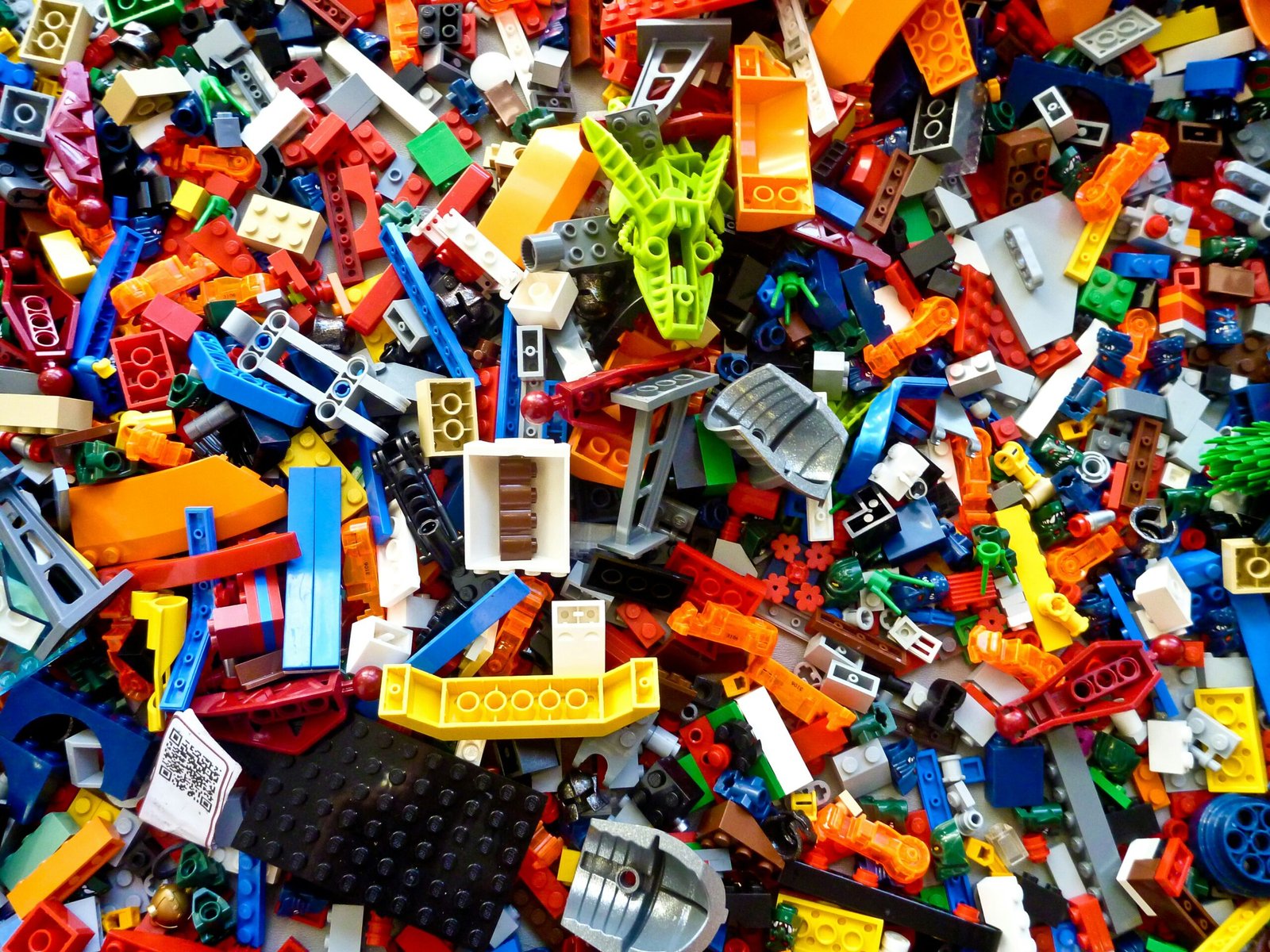The Importance of Educational Toys in Early Development
Educational toys play a vital role in the cognitive, emotional, and physical development of young children. These specially designed playthings are instrumental in enhancing the learning experiences of toddlers and preschoolers, making education an enjoyable part of their early life. Through interactive play, children engage with their environment, leading to important developmental milestones that occur during the formative years.
One of the key benefits of educational toys is their ability to stimulate cognitive development. These toys often introduce concepts such as numbers, letters, and shapes in a playful context, laying the foundation for early literacy and numeracy skills. As children manipulate objects, they develop critical thinking and problem-solving abilities. For example, puzzles not only challenge their reasoning skills but also promote perseverance as they work toward a solution.
In addition to cognitive enhancements, educational toys significantly contribute to emotional development. Engaging with these toys allows children to express their feelings and learn about their own emotions through role-playing scenarios, such as using dolls or action figures. This practice fosters empathy and emotional intelligence, skills that are essential for building healthy relationships later in life.
Furthermore, educational toys encourage physical development by improving a child’s fine and gross motor skills. Toys that require stacking, sorting, or manipulation assist in refining hand-eye coordination and dexterity. For instance, building blocks or construction sets require children to strategize movements, which not only enhances physical capabilities but also boosts confidence as they achieve various tasks.
Lastly, these toys are invaluable in developing social skills. When children play together, they learn to share, collaborate, and communicate effectively. Group activities centered around educational toys provide opportunities for negotiation and teamwork, essential elements of social interaction. The holistic benefits of educational toys underscore their significance as a pivotal investment in childhood development.
Top Categories of Educational Toys
When it comes to supporting early child development, educational toys play a vital role. They are designed to stimulate learning and encourage the development of essential skills through play. Below are some prominent categories of educational toys that parents may consider in their selection process.
STEM Toys: STEM (Science, Technology, Engineering, and Mathematics) toys are instrumental in fostering critical thinking and problem-solving skills. Aimed primarily at children aged 3-12, these toys can include building sets, coding robots, and science kits. Examples include LEGO sets designed for coding and construction, which not only engage children but also introduce them to basic engineering concepts while promoting spatial awareness and creativity.
Sensory Toys: These toys are tailored for children to explore various textures, sounds, and visual stimuli, significantly contributing to sensory development. Suitable for infants and toddlers, they encompass items like textured balls, squishy toys, and musical instruments. Sensory toys help enhance a child’s ability to process sensory information, which is critical during the formative years. For instance, a tactile book with different materials can develop tactile awareness and fine motor skills.
Language Development Toys: Fostering language skills early on can be enhanced through interactive toys that promote communication, vocabulary expansion, and auditory skills. Generally appropriate for ages 1-5, toys such as storybooks with sound buttons and educational tablets can greatly enrich a child’s language experience. These toys encourage children to express themselves and comprehend language through playful interaction, setting a solid foundation for effective communication.
Imaginative Play Toys: Imaginative play is crucial for social and emotional growth in children. Toys that encourage role-playing, such as dolls, action figures, and kitchen sets, invite children to explore different scenarios and develop empathy. Suitable for ages 2 and up, these toys provide a medium for children to express their creativity and understand various social dynamics. For example, a pretend kitchen set can inspire collaborative play while enhancing cognitive skills through the exploration of everyday life.
Each category of educational toys plays a unique role in child development, catering to different skills and age groups, thus aiding parents in making informed decisions based on their child’s needs.
Review of the Best Educational Toys
When it comes to fostering early development in children, selecting the right educational toys is crucial. Here, we present a curated list of some of the best educational toys currently available, evaluated based on their educational value, safety, durability, and engagement factor. This selection not only caters to various interests but also accommodates different age groups, enabling parents to make informed decisions for their children’s learning experiences.
One standout toy is the “LeapFrog Learning Friends 100 Words Book.” This interactive board book engages toddlers by introducing new vocabulary through fun sounds and animations. It supports language development and early literacy skills, making it a worthwhile addition to any child’s toy collection. Parents have praised its durability, ensuring it withstands the rigors of enthusiastic play.
Another excellent choice is the “Melissa & Doug Wooden Building Blocks Set.” This classic toy promotes creativity and problem-solving abilities as children stack blocks, creating structures while developing fine motor skills. The set includes a variety of shapes and colors, which further enhances cognitive development. Its solid wood construction ensures safety and longevity, solidifying its place as a beloved educational tool.
For children interested in science, the “Thames & Kosmos Kids First Scientist Kit” provides hands-on experiments that spark curiosity. Designed for preschoolers, the kit introduces basic scientific concepts through fun activities. Parents appreciate how this toy fosters an early interest in STEM subjects, offering an engaging way to learn about the world around them.
Lastly, the “VTech Sit-To-Stand Learning Walker” is an exceptional toy for infants and toddlers. Not only does it encourage physical activity as children learn to walk, but it also features buttons and lights that teach numbers, shapes, and music. This multifunctional approach captivates young minds, providing both educational engagement and physical development opportunities.
These educational toys, each with unique features, offer valuable tools for nurturing early development. By incorporating these items into playtime, parents can promote essential skills that will serve their children well into the future.
Tips for Choosing the Right Educational Toys
Selecting the right educational toys for children can significantly impact their early development and learning experiences. A primary consideration when choosing these toys is age appropriateness. Each toy should match the developmental stage of the child, ensuring they can engage with and benefit from the toy’s features. Manufacturers often provide age recommendations, which serve as a useful guideline for parents seeking appropriate options for their youngsters.
Safety certifications are another critical aspect when selecting educational toys. Parents should look for toys that comply with established safety standards, as this ensures they are free from harmful materials and designed with the children’s well-being in mind. This diligence helps prevent accidents and promotes a safe play environment for children, fostering a more enjoyable learning experience.
Moreover, assessing a toy’s potential for open-ended play is essential. Toys that encourage children to use their creativity and imagination tend to yield more developmental benefits than those with limited use. Open-ended toys can stimulate various cognitive skills, encourage problem-solving, and allow for explorative play, making them a worthwhile investment for any educational toy collection.
Encouraging parent-child interaction is another vital factor to consider. Toys that facilitate joint play can strengthen the bond between parents and their children while reinforcing learning outcomes. Engaging together in play not only enhances emotional development but also allows parents to guide their children through educational methods, enriching the overall experience.
Finally, it’s important to strike a balance between educational value and fun. To maintain children’s interest and excitement about learning, toys should be enjoyable while still providing educational benefits. By fostering a stimulating and playful environment, parents can ensure that their children remain enthusiastic about their educational journey.


